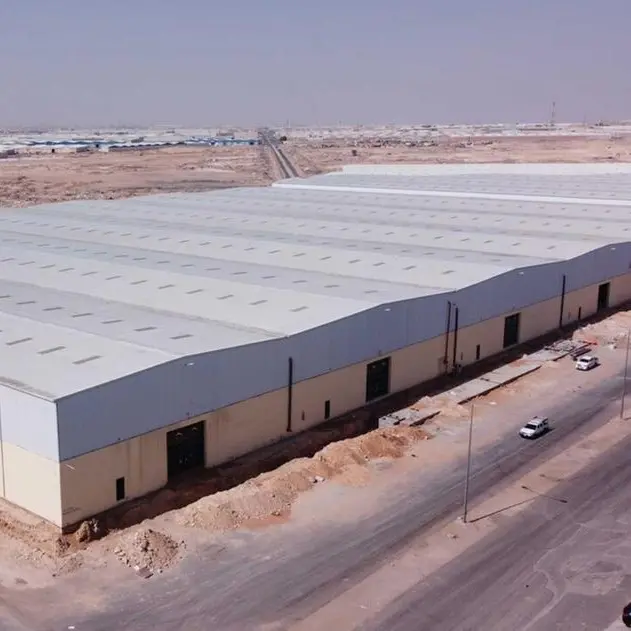PHOTO
Governments are increasingly seeking innovative funding solutions to finance the construction of digital infrastructure, recognizing the critical role that broadband plays in socio-economic development. However, private players are hesitant to invest due to cost and risk factors. The COVID-19 pandemic has highlighted the importance of digital infrastructure in ensuring resilience and driving global growth in the coming years.
“Today, at least 15 percent of the global economy is generated by the digital economy. Promoting digital transformation, increased connectivity and modernization of critical infrastructure and services has become a key priority to support sustainable digital, economic and social development,” writes Melissa Hathaway, President of Hathaway Global Strategies, in a chapter featured in AIIB G20-Compendium Digital Infrastructure Financing.
According to International Telecommunication Union (ITU) global study in 2018, increasing mobile broadband penetration by 10 percent leads to a 1.5 percent increase in GDP, with higher impacts in low-income countries. It found that there is a strong correlation between broadband infrastructure investment and socio-economic benefits, particularly in markets with broadband penetration of 30 percent and above.
Governments worldwide are examining these growth figures and the associated benefits, as well as the challenges and solutions to bring connectivity to their populations.
The COVID-19 crisis has highlighted the vulnerability of the unconnected masses, which accounted for nearly 40 percent of the global population in 2021, according to a report for the G20 digital economy task force.
In 2020, the penetration rate in developed countries was double of those in developing countries and four times that of the least developed countries. This has prompted discussions on how to finance digital infrastructure and bridge the connectivity gap. The ITU Connecting Humanity Study 2020 estimates that $428 billion is required to connect the remaining population by 2030.
Financing digital infrastructure
Asia Infrastructure Investment Bank in a paper titled ‘Digital Infrastructure Financing’ points that the dynamics of digital infrastructure financing have changed in the last 20 years.
The roles between the private and the public sector have also changed significantly. Building infrastructure is now being guided by the advances in the mobile handset market, technology changes and new developments taking place in applications.
It is no more expressly driven by the objectives of the governments toward universal accessibility. Instead, it is influenced by the growth objective of the smartphone manufacturers looking to drive consumer demand with development of attractive new applications.
State-owned enterprises focused on the creation of infrastructure cable loops to connect devices have given way to private sector players of manufacturers, application providers and online commercial platforms among others. However, mammoth internet platforms corner most of the profitable users but make no contribution to the universal service funds. These mega-corporations may bring cables from under the sea to a country but would normally not want to bring ‘fiber to the hinterland’.
The AIIB analysis in 2020 revealed declining revenues and investment capacity among major players funding the sector, leaving governments to grapple with market failures using limited public resources. The challenge before governments is to work out innovative solutions for the financing digital infrastructure in order to develop quality and cost-effective networks.
The Bali Compendium
To address this challenge, the Strategy Team of the AIIB prepared a compendium during the G20 meeting in Bali, presenting case studies of innovative financing solutions from different countries.
In Indonesia, for example, satellite connectivity was the only feasible option for broadband to far-flung areas but high capital expenditure for procurement and launch of satellites was a huge challenge when it is meant for supporting low-income communities.
SATRIA-1 overcame this challenge with a Public-Private Partnership (PPP) financing scheme between the government and PSN Group with an interlocking set of guarantees and arrangements for recourse. Availability-based payment instead of volume payment removes the market risk in serving remote areas. The agency providing the Availability Payment is partly compensated with the assignment of service fees from the provision of services to the local government entities.
Oman mandated a state-owned company, Oman Broadband Company (OBC), to provide passive infrastructure services to telecom operators, and give open and equal access to its network to telecom service providers and private networks. A notable feature of the financing structure was the Sponsor Support Agreement wherein the sponsor has to infuse cash as Cash Deficiency Support (CDS). Since OBC is not categorically backed by the sovereign, the sponsor support agreement helps allay the perception of risk.
To provide access to the Internet in remote areas, India removed licensing barriers and registration fees to enable small shops and establishments to become commercial providers of access to public broadband networks. Community networks built using line-of-sight transmission and low-cost Wi-Fi equipment and unlicensed spectrum band by local co-operatives. Local access points are managed by aggregators who set up gateway applications; provide routers and re-coup costs. Community networks, on the other hand, are funded by philanthropists or CSR (Corporate Social Responsibility) funds.
Dominican Republic brought about efficiency in public investment by innovative reverse auctions or bids for the lowest subsidy. It offers a subsidy to the operator who fulfills at least the minimum technical requirement and asks for the minimum subsidy.
Nicaragua leveraged its electricity transmission company to expand broadband and fiber access. The financial scheme comprised of simple investment loan by IADB (Inter-American Development Bank) to the Ministry of Finance that channeled it to ENATREL (National Electric Transmission Company) for investment in the expansion of its fiber optic network along its electricity lines.
Overall, governments face the challenge of developing innovative solutions to finance digital infrastructure and ensure the development of quality and cost-effective networks. The compendium prepared by the AIIB provides valuable insights and case studies that can guide countries in their efforts to bridge the digital divide and promote inclusive connectivity.
(Writing by SA Kader; Editing by Anoop Menon)





















